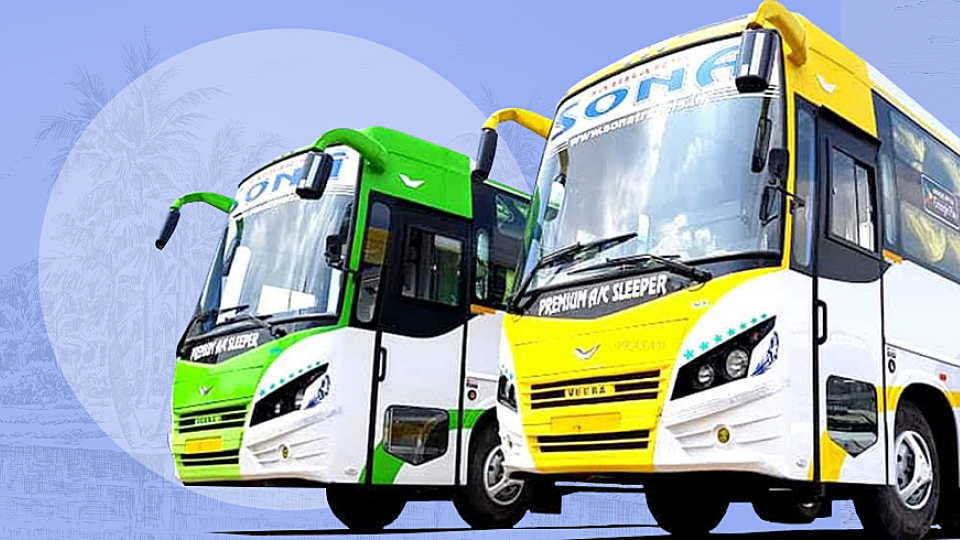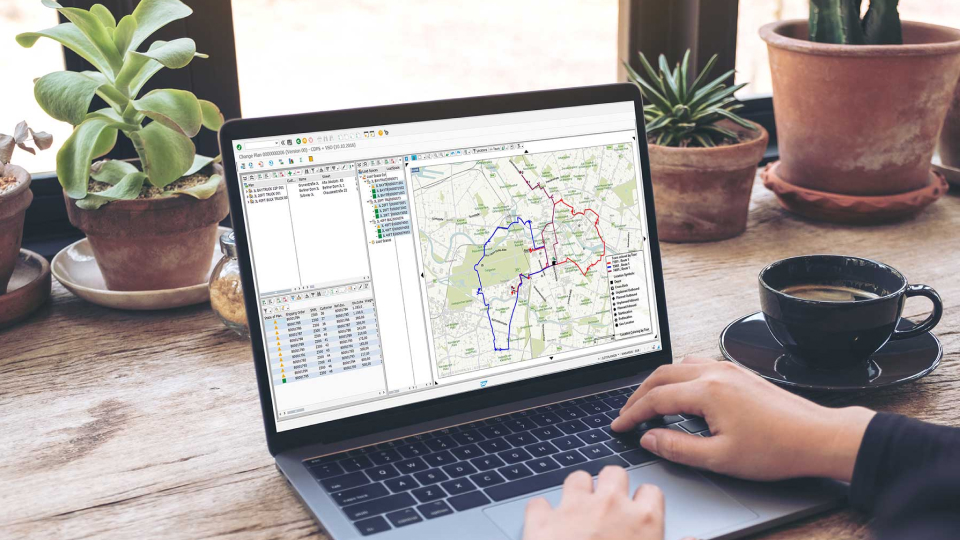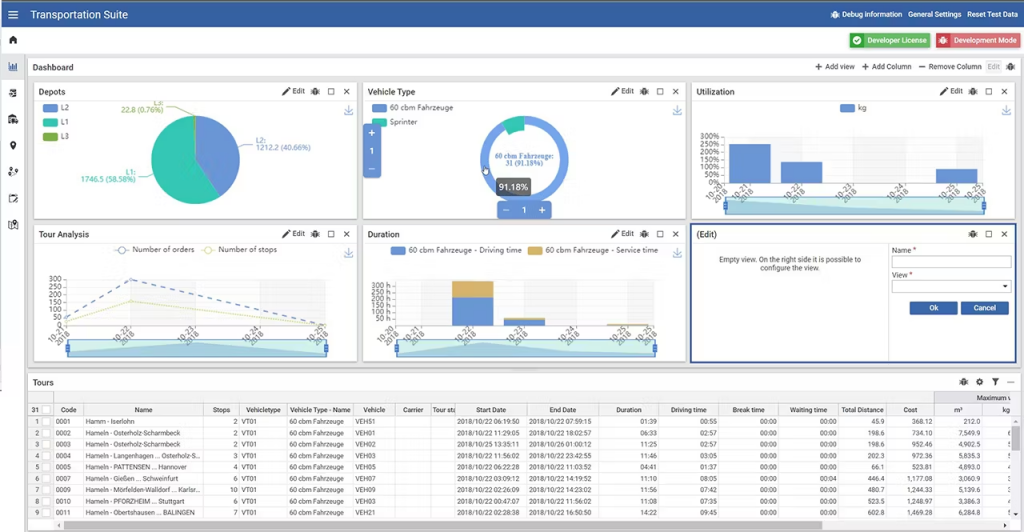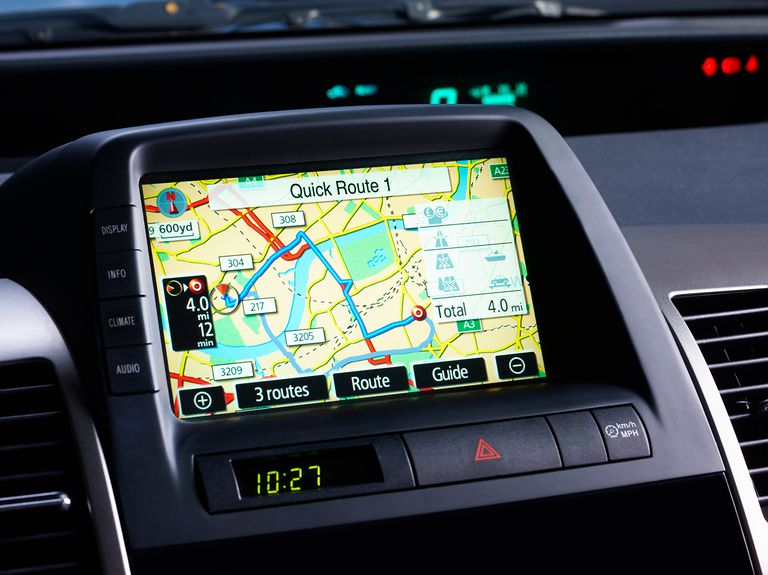
How To Improve Fleet Management With Bus Tracking Software
The advent of bus tracking software is empowering fleet managers to improve operational efficiency, safety, and customer satisfaction for bus businesses. In the fast-paced landscape of transportation, this innovative solution has brought revolutionary progress with comprehensive insights into vehicle status, location, and performance. Integration of bus tracker software into existing business operations streamlines processes, reduces costs, and ensures timely and reliable service delivery.

According to reports, the upsurge in real-time commercial vehicle tracking has increased the GPS tracking device market value and is expected to reach USD 3.38 Billion by the end of 2025. Following this rising trend, most bus businesses are inclining towards integrating a bus tracker solution.
What Is A Bus Tracking System?
A bus tracking software or system is designed to monitor and manage bus fleets in real-time.It allows fleet managers to monitor the location, speed, travel direction, and other metrics about the fleet in real time. Using these valuable insights, fleet managers can plan optimized routes, schedules, and maintenance schedules.

Maximize Your Fleet Efficiency By Integrating Bus Tracker Software With Existing System
Integrating a bus tracking system with existing bus software offers a bunch of benefits that can remarkably enhance bus fleet operations. Let’s take a look at the ways tracking software benefits your bus business:
Better Operational Efficiency
Bus GPS tracking software offers real-time data on vehicle locations, routes, and schedules. It allows fleet managers to track and manage their fleets more effectively. By integrating this solution, you can:
A. Optimize Routes
Utilize real-time data to identify and implement the most efficient routes. It will reduce travel time as well as fuel consumption.

B. Reduce Idle Time
Oversee vehicle idle times and initiate correct actions to minimize unnecessary idling, leading to lower fuel costs and minimal wear and tear on fleets.
C. Improve Schedules
Ensure that your buses adhere to the specific schedules more accurately, leading to improved service reliability and customer satisfaction.

Safety & Security
Safety plays a crucial role in fleet management. Integrating bus tracking software strengthens safety by:
A. Tracking Driver Behavior
Track driving patterns, such as speeding harsh braking, and rapid acceleration. You can use this data to offer feedback and training to drivers, encouraging safer driving habits.
B. Providing Emergency Responses
In the face of emergencies, the exact location of the bus should be quickly identified. It allows for a faster response from emergency services.
C. Setting Geofencing
Set up geofences to receive alerts if a bus deviates from its designated route or enters restricted areas, enhancing security and compliance with operational protocols.
Cost-Savings
Implementing bus tracking software leads to remarkable cost savings in the following areas:
A. Fuel Efficiency
Route optimization and reduced idle times minimize fuel consumption resulting in lower fuel costs.
B. Maintenance Costs
Regular tracking of vehicle performance and early detection of potential issues prevent major breakdowns and lower maintenance costs.
C. Insurance Premiums
Better safety records and the ability to demonstrate proactive safety measures can lead to minimal insurance premiums.
Data-Driven Decision Making
An advanced bus GPS tracker software provides access to comprehensive data on the fleet for better decision-making.
A. Performance Analytics
Identify trends, areas of improvement, and opportunities for cost savings by analyzing data on fleet performance.
B. Predictive Maintenance
Predict successfully when vehicle maintenance is needed using data. It will help reduce downtime and prevent costly repairs.
Enhanced Customer Experience
Customer experience is the key to success for any transportation business. A bus GPS tracking software boosts customer experience with:
A. Real-time Information
Keep your passengers informed with real-time updates on bus locations and expected arrival times, enhancing their experience and lowering wait times.
B. Proper Schedule Maintenance
Ensure that each of your buses is running on a fixed schedule, enhancing the reliability and reputation of your service.
C. Feedback Mechanism
Offer your passengers options for providing feedback, allowing for continuous improvement in service quality.
How Does Bus GPS Tracking Software Work?
Bus GPS tracker software combines hardware, software, and data analytics to provide comprehensive insights into vehicle locations, routes, and performance. Let’s delve into the details how it works:

A. GPS Hardware Installation
GPS hardware is the pillar of bus tracking software. It comes with:
a. GPS Receiver: Captures signals from multiple satellites to determine the precise location of the bus.
b. Communication Module: Transmits the location data to a central server via cellular networks (GSM/GPRS) or satellite communication.
c. Additional Sensors: Monitors various vehicle parameters such as speed, engine status, fuel level, and door status.
B. Data Transmission
The GPS receiver continuously collects location data (latitude, longitude, altitude) and transmits this information along with other sensor data to the central server. This transmission occurs at regular intervals, which can be configured depending on the desired level of detail (e.g., every few seconds or minutes).
C. Central Server & Data Processing
The central server receives the data from all buses in the fleet. This server performs the following crucial functions:
a. Data Aggregation: Collects and stores data from all vehicles.
b.Data Processing: Analyzes raw data to generate meaningful insights. This includes calculating speed, direction, and distance traveled, and identifying deviations from planned routes.
c. Real-Time Updates: Processes data in real-time to provide up-to-the-minute information on vehicle status and location.
D. Software Platform
The processed data can be accessible through a software application. This application can be web-based or a mobile application. It provides a user-friendly interface with multiple features:
a. Dashboard: Displays an overview of the fleet, including real-time locations of all buses on a map, along with key performance indicators (KPIs).
b. Route Management: Allows managers to plan, modify, and optimize routes based on real-time traffic conditions and historical data.
c. Alerts and Notifications: Sends alerts for specific events such as speeding, route deviations, prolonged idling, or maintenance requirements.
d. Reporting and Analytics: Generate detailed reports on various aspects of fleet performance in real-time, helping managers make informed decisions.
Take The First Step Towards Better Bus Fleet Management With Tracking Software
If you are looking for long-term success and competitiveness in the transportation industry, you need to pick the right bus booking management software.

Investment in a bus tracking system benefits businesses in a number of ways that ultimately drive operational efficiency, cost savings, and customer satisfaction.
Related Articles




